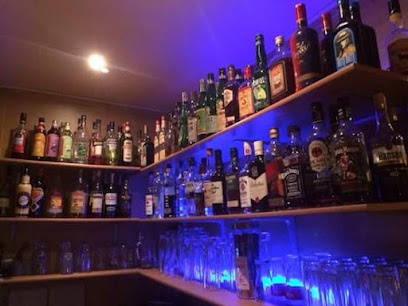
Drøhses Hus: Lacework and Heritage in Tønder's Historic Heart
Experience Tønder's historic merchant tradition and the delicate world of Danish lace at Drøhses Hus, nestled in the heart of southern Jutland's oldest town.
Drøhses Hus in Tønder presents a unique glimpse into the intricate art of lacemaking and the refined life of 18th- and 19th-century southern Jutland. Set within a beautifully preserved merchant's house, this intimate museum showcases delicate lace, period furniture, and local history in an atmospheric setting that transports visitors back in time.
A brief summary to Museum Sønderjylland - Drøhses Hus
- Storegade 14, Tønder, 6270, DK
- +4565370809
- Visit website
Local tips
- Visit on a Wednesday or Thursday to enjoy quieter galleries and more time with knowledgeable guides.
- Check for seasonal temporary exhibitions or hands-on lace workshops, often included in standard admission.
- Photography is usually allowed, but avoid flash to protect delicate textiles.
- Combine your visit with a stroll through Tønder’s historic center, where several traditional buildings are within easy reach.
- The museum is upstairs in an old house, so accessibility may be limited for those with mobility challenges.
Getting There
-
Walking
From the center of Tønder's historic core, Drøhses Hus can be reached with a gentle stroll through pedestrian lanes lined with classic Danish townhouses. The museum sits just off the town’s main commercial square, easily spotted by its elegant brick-and-timber facade. Expect a walk of around five to ten minutes through the heart of Tønder’s old town, with plenty of cafes and shops as waypoints.
-
Public Transport
Tønder's train station is a short ride from other Sønderjylland towns, with arrivals connecting to local buses and taxis. From the station, it's an easy 10–15 minute walk into the city center. Local buses stop near the main square, typically costing 24–28 DKK for a single adult ticket. Bus drop-off points are within easy reach of the museum entrance.
-
Taxi
A taxi ride from Tønder train station or the outskirts of town to Drøhses Hus generally takes less than five minutes, with fares ranging from 50–70 DKK depending on traffic and time of day.
-
Driving
Visitors arriving by car will find metered parking options around Tønder’s central square. Parking fees average 12–20 DKK per hour. The historic center’s streets can be narrow, and spaces may be limited during weekends and major events, so allow extra time in busier seasons.
Discover more about Museum Sønderjylland - Drøhses Hus
Iconic landmarks you can’t miss
Museum Sønderjylland - Drøhses Hus
0.0 km
Experience Tønder's historic merchant tradition and the delicate world of Danish lace at Drøhses Hus, nestled in the heart of southern Jutland's oldest town.
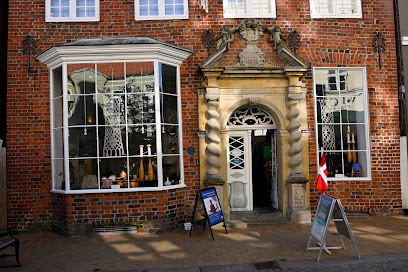
Tøndermarsken
0.1 km
Experience Denmark’s largest marshland in Tøndermarsken—world-class birdwatching, rich dike culture, and tranquil trails near the Wadden Sea UNESCO site.
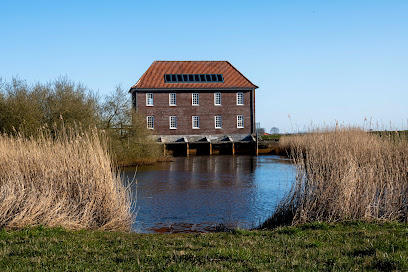
Museum of Southern Jutland - Cultural History of Tønder
0.3 km
Explore Southern Jutland's cultural heritage through exquisite silverware, delicate lace, and iconic Wegner chairs at Tønder's captivating museum, offering a journey through time and craftsmanship.

Højer Sluse
12.2 km
Discover the historic Højer Sluse, a gateway to the Wadden Sea National Park, offering insights into coastal defense and the region's unique natural beauty.
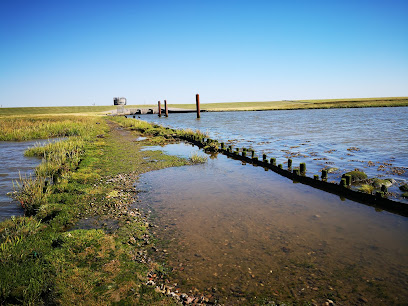
Frisia Historica
22.0 km
Discover the lively nightlife and cultural richness of Frisia Historica in Stedesand, where music and community come together.

Rømø Lege- & Labyrintpark
26.6 km
Discover a world of family fun at Rømø Lege- & Labyrintpark: mazes, games, and outdoor adventures await on the beautiful island of Rømø, creating unforgettable memories for all ages.
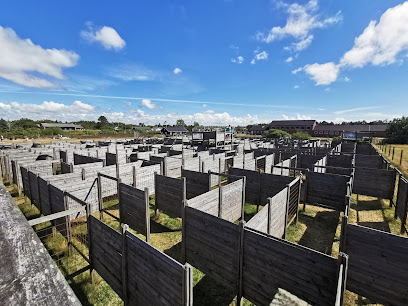
Morsum-Kliff
26.9 km
Explore the breathtaking cliffs and diverse wildlife at Morsum-Kliff, a hidden gem on Sylt Island, perfect for nature lovers and adventure seekers.
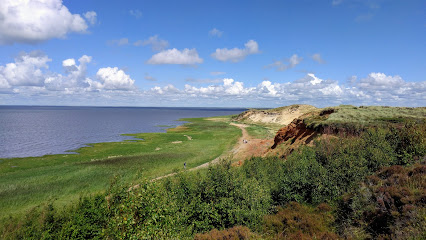
Rømø Sønderstrand
28.1 km
Expansive sandy horizons, wind-powered thrills, and unforgettable sunsets await on Rømø’s famed Sønderstrand—a North Sea playground for adventurers and dreamers.
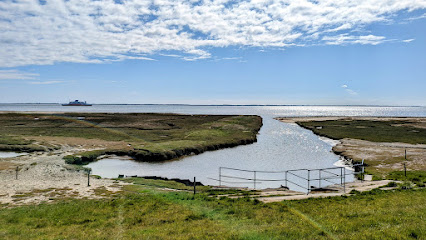
Sønderstrand Rømø
28.4 km
Experience the boundless freedom of Sønderstrand, Rømø: Europe's widest beach, where wind sports, nature, and unique coastal landscapes converge for an unforgettable escape.
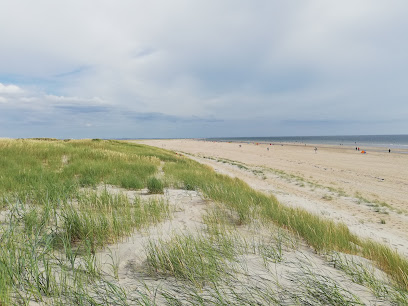
Gamle Redningsstation
28.6 km
Experience Rømø’s maritime past at the historic Gamle Redningsstation, a lifeboat station that has watched over generations of sailors off Denmark’s rugged west coast.
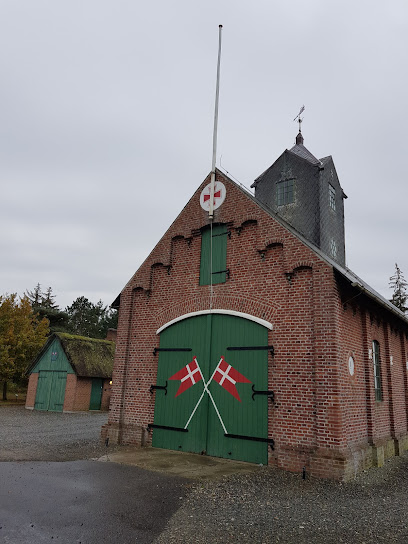
Rømø-Sylt Linie GmbH & Co. KG
29.0 km
Experience the stunning Rømø-Sylt Ferry journey, connecting two beautiful islands with breathtaking views of the North Sea.

Schlüttsiel Badestrand
29.3 km
Experience the tranquil beauty of Schlüttsiel Badestrand in Ockholm, where outdoor swimming meets serene relaxation amidst stunning landscapes.
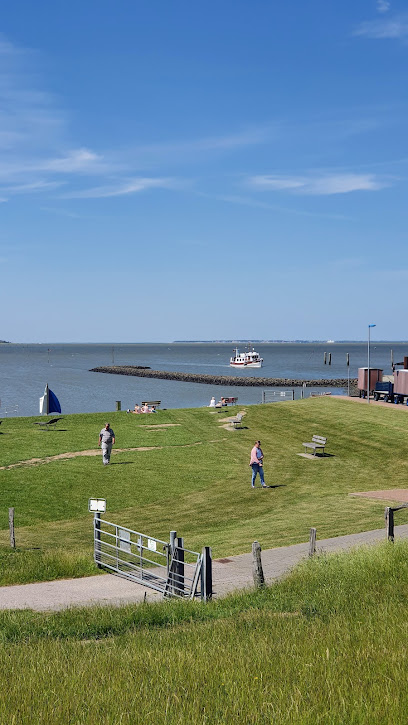
Bunker
32.2 km
Discover Rømø’s atmospheric WWII bunkers in Tvismark Plantage, where windswept dunes meet haunting wartime history on Denmark’s rugged Wadden Sea island.
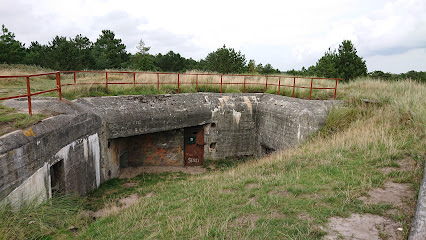
Bunker und Bunkertour Römö
32.3 km
Explore Rømø's WWII bunkers in Tvismark Plantation for a unique historical adventure.
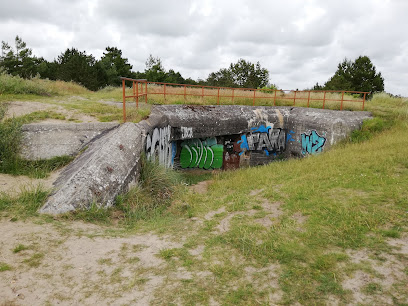
Lakolk
33.6 km
Vast sandy expanse on Rømø's western coast, offering iconic drive-on beach access, dramatic dune landscapes, kite-friendly winds, and authentic Danish seaside energy.
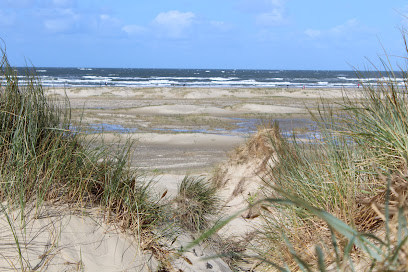
Unmissable attractions to see
Süderlügumer Binnendünen
7.7 km
Explore the tranquil beauty of Süderlügumer Binnendünen, a nature preserve showcasing stunning sand dunes and diverse wildlife in Germany's scenic countryside.
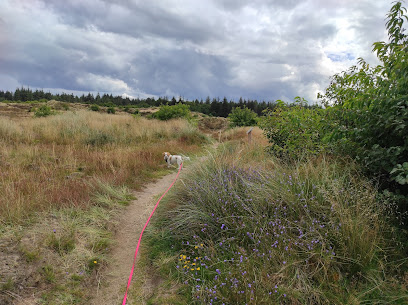
Nolde museum
8.4 km
Explore the Nolde Museum in Neukirchen, where the vibrant art of Emil Nolde comes to life amid stunning natural landscapes.
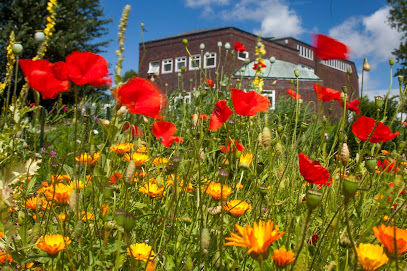
Sølsted Mose
10.8 km
Discover centuries of Danish royal intrigue, elegant interiors, and manicured gardens at Schackenborg Castle—an essential cultural sight near Tønder, southern Jutland.
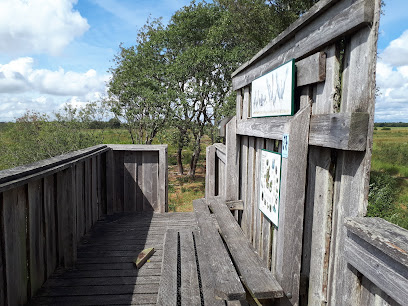
Vidåslusen
13.6 km
Experience the natural beauty and historical significance of Vidåslusen, a serene Danish tourist attraction perfect for nature lovers and history buffs.
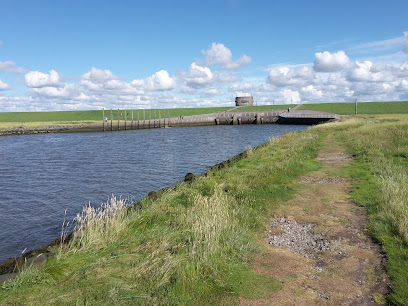
Langdysserne
18.1 km
Expansive, fenced dog forest in Rømø’s peaceful woodlands—ideal for off-leash play, socializing, and relaxing in natural Danish island surroundings.
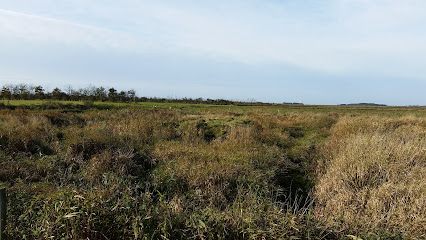
Sneglemøllerne Ballum Enge
24.5 km
Experience the historic elegance of Schackenborg Castle, where Danish nobility and royal tradition meet tranquil gardens and inviting rural landscapes in Tønder.

Ballum Sluse
24.7 km
Experience Rømø's authentic community spirit beneath the open sky at Bålpladsen, a coastal bonfire site blending Danish tradition with the North Sea’s island landscape.
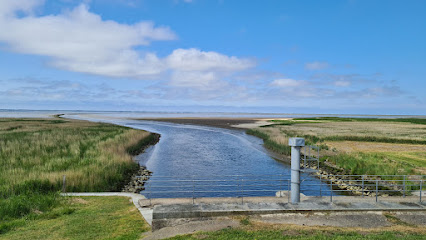
Gasse Høje
25.4 km
Historic baroque castle near Tønder, once home to Danish royalty, with elegant interiors, lush gardens, and centuries of noble heritage in southern Jutland.
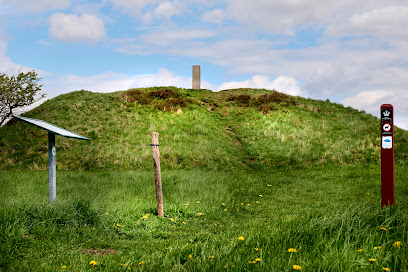
Marsk Camp A/S
25.5 km
Experience the best of Danish design, panoramic marsh views, and dark-sky nights at Marsk Camp—a contemporary retreat on the edge of the UNESCO Wadden Sea near Rømø.
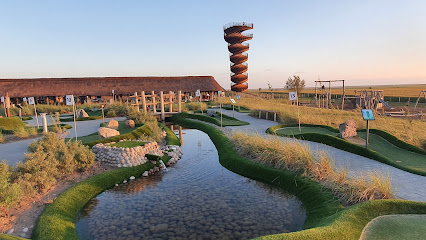
Marsk Tower - Marsk tårnet
25.5 km
Experience the history, maritime legends, and 18th-century island luxury of Rømø’s whaling captains at Nationalmuseets Kommandørgård, set amid the wild landscapes of the Wadden Sea.
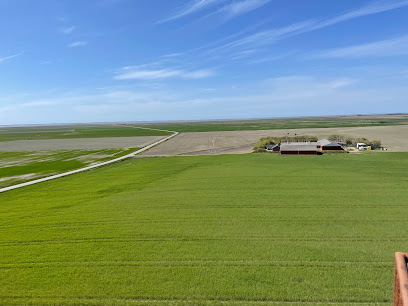
Udsigtspunkt
26.6 km
Gather around the fire at Bålpladsen on Rømø—where Danish coastal wilderness, tradition, and hygge blend in a unique campfire experience.
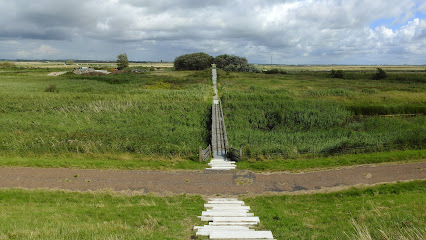
Hauke Haien Koog
26.9 km
Discover the tranquil beauty of Hauke Haien Koog, a serene coastal paradise in Dagebüll, Germany, perfect for nature lovers and cultural enthusiasts alike.

Stormengene, fuglereservat
27.1 km
Spidsbjerg Rømø offers sweeping ocean views, wild heather dunes, and tranquil walking trails at the untouched tip of the island within Wadden Sea National Park.
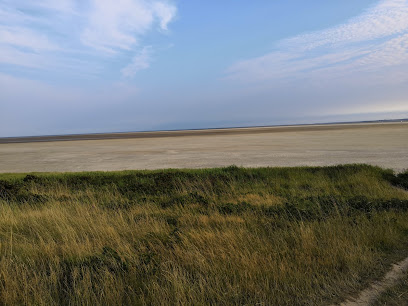
Rømø Redningsmuseum RRB-88
27.2 km
Bålpladsen on Rømø delivers authentic Danish bonfire tradition with coastal views, communal atmosphere, and the spirit of hygge under endless Scandinavian skies.
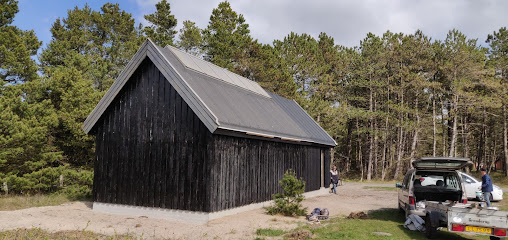
Reiterhof Thomsen auf Rømø
27.7 km
A windswept haven of dunes, heather, and wild berries at the northern tip of Rømø, perfect for tranquil hikes, berry picking, and unfiltered coastal vistas.

Essential places to dine
Frieseneck Sande
22.8 km
Discover Frieseneck Sande: A culinary haven in Enge-Sande offering delicious local dishes in a warm and welcoming atmosphere.
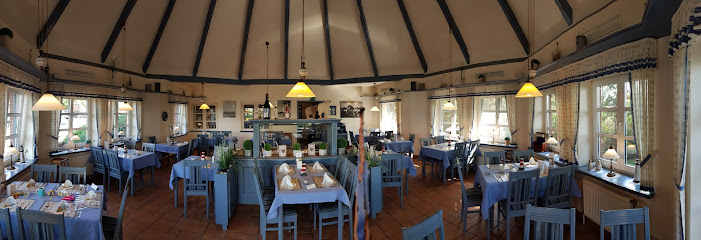
Restaurant Marsk
25.5 km
Savor Nordic-inspired cuisine with panoramic views of the Wadden Sea at Restaurant Marsk in Skærbæk.
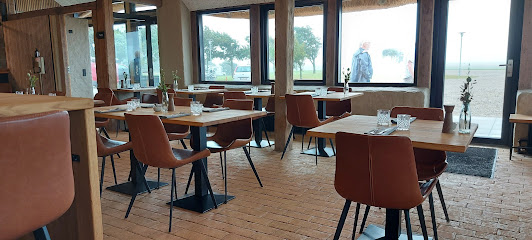
Otto & Ani's Fisk
25.7 km
Harbourfront seafood restaurant and fishmonger blending North Sea tradition and local atmosphere, renowned for fresh Danish delicacies and scenic marina views in Havneby.
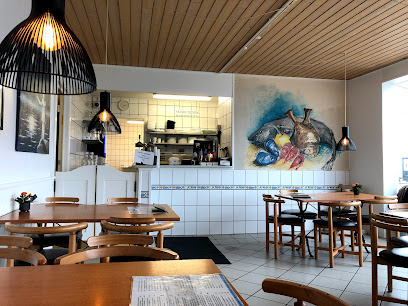
Havnekiosken Rømø
25.7 km
Iconic harbour-side eatery in Rømø serving fresh seafood, Danish grill classics, and local specialties with harbour views in laid-back island style.
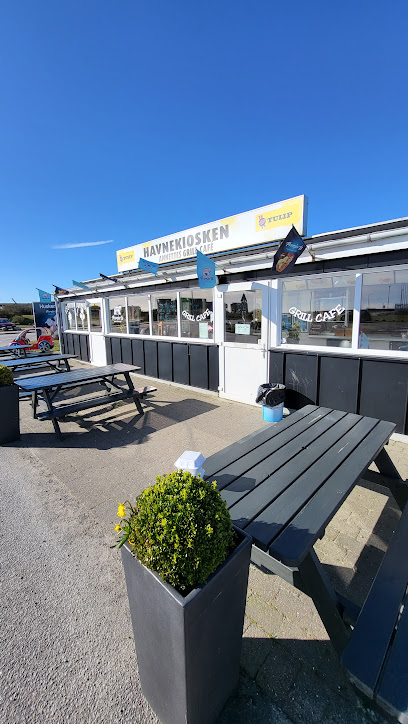
Frankel 5
25.8 km
Experience modern European cuisine with local flavors at Frankel 5 in Rømø - A culinary gem that delights every palate.
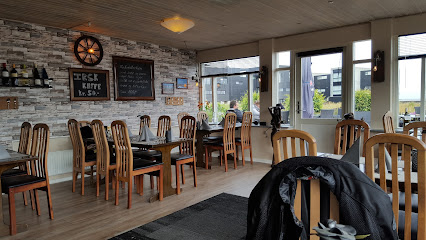
HAVNEBY KRO RESTAURANT
25.9 km
Discover the flavors of Denmark at Havneby Kro Restaurant - where fresh seafood meets warm hospitality in Rømø.
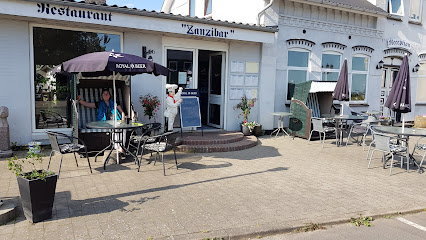
Ristorante Europa Rømø
26.0 km
Experience authentic Italian cuisine at Ristorante Europa Rømø - where delicious pizzas meet Danish charm.
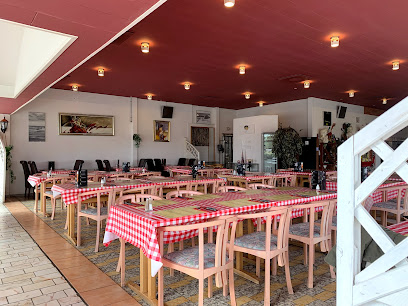
Rømø Pandekagehus
26.0 km
Experience the unique flavors of Denmark at Rømø Pandekagehus - home of delicious pancakes in a cozy setting.
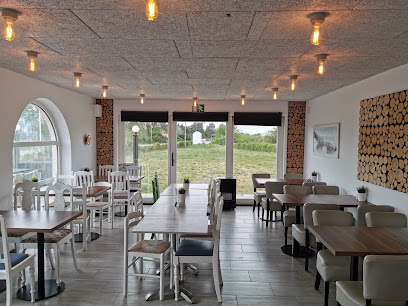
Restaurant Diget
26.3 km
Experience Rømø’s top fine dining, casual buffet, and unique leisure offerings under one roof, all set within the relaxed island atmosphere of Havneby.

MEGA GRILL
26.6 km
Popular Danish grill restaurant in Havneby, Rømø, serving classic burgers, fries, and sausages in a laid-back, family-friendly setting near the island’s main attractions.
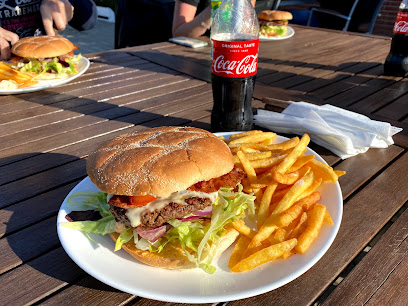
Siel59 - Hotel | Restaurant
29.2 km
Experience authentic German flavors at Siel59 – your cozy hotel and restaurant retreat in Ockholm.
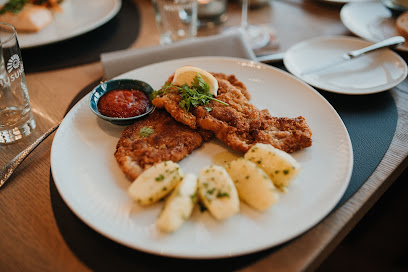
Café Retro Brøns Kro
30.2 km
Discover Café Retro Brøns Kro in Skærbæk: A delightful blend of traditional Danish cuisine and vibrant atmosphere awaits.
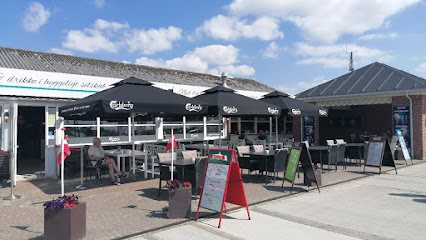
Café Fru Dax
33.4 km
Indulge in Denmark’s most legendary ice cream at Café Fru Dax, Rømø’s colorful beachside café, blending retro charm, creative treats, and local hospitality.
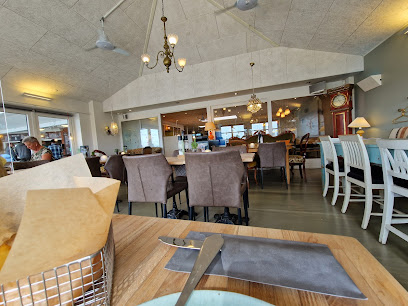
Café Hr. Dax
33.5 km
A lively, family-friendly café at the edge of Rømø’s famed sandy beaches, serving classic Danish fare, local specialties, and sweet treats in coastal comfort.
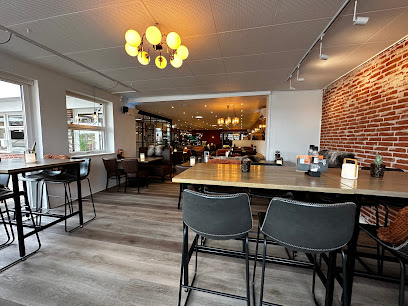
Roland Imbiss
33.5 km
Experience delicious takeout delights at Roland Imbiss in Rømø - where local flavors meet beachside charm!
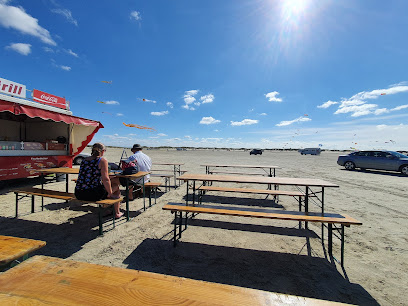
Markets, malls and hidden boutiques
Skansen - Café & Kaffebar
25.9 km
Charming waterfront café and ice cream bar in Havneby, Rømø, offering artisanal ice cream, quality coffee, and a relaxed seaside setting steps from the ferry port.
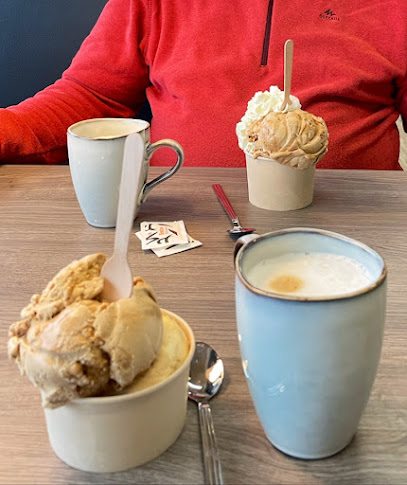
Rømø Cykler & Legetøj
26.0 km
Rømø Cykler & Legetøj offers bicycle rentals, repairs, kites, and toys in Havneby, serving as the island’s hub for active exploration and family fun year-round.
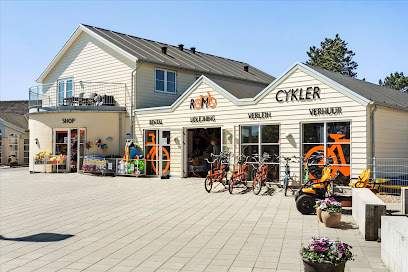
Coop Dagli'Brugsen Rømø
26.0 km
Rømø’s central hub for groceries, fresh baked goods, and Danish essentials—serving locals and island visitors from early morning till evening in Havneby.
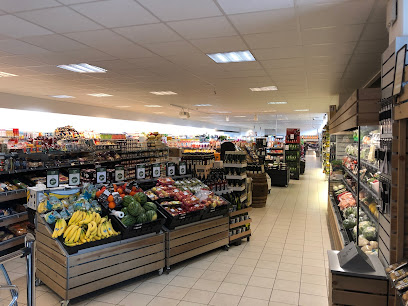
Rømø Bageriet
27.3 km
Beloved Rømø bakery serving traditional Danish breads, pastries, and local treats in a cozy, friendly setting at the heart of Havneby.
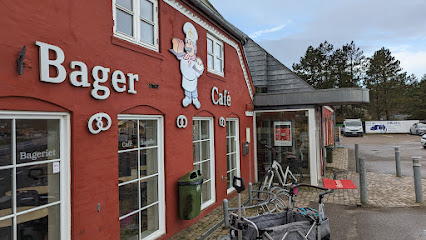
Cafe Hattesgaard
31.0 km
Atmospheric café-meets-antique emporium set in a historic farmhouse on Rømø, known for legendary cakes, local hospitality, and one-of-a-kind vintage finds.
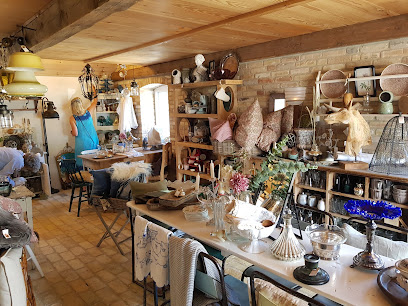
By Vicky
33.4 km
Discover Danish island style and boutique shopping at By Vicky, an inviting clothing store in Rømø's lively Lakolk Butikscenter near the legendary west coast beaches.
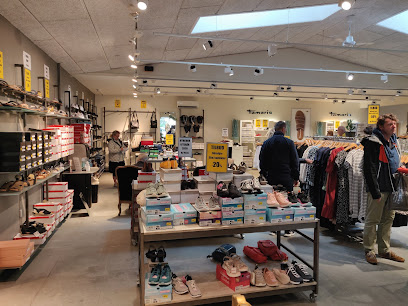
Rømø Lys
33.4 km
Creative candle making and Danish souvenirs in a welcoming Lakolk store, blending hands-on tradition and local charm on the scenic island of Rømø.
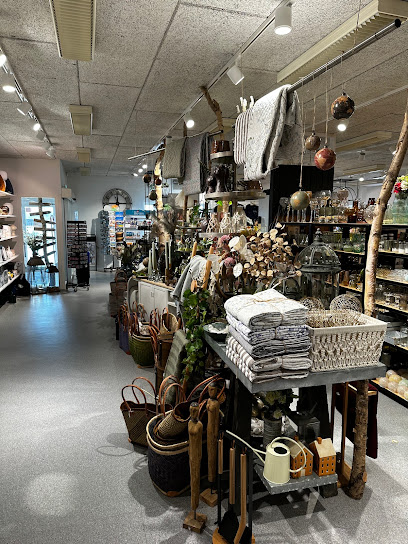
Metropolis Drachen
33.4 km
Discover Rømø’s legendary kite shop, Metropolis Drachen, where wind, colour, and creativity unite on Denmark’s breezy North Sea coast.
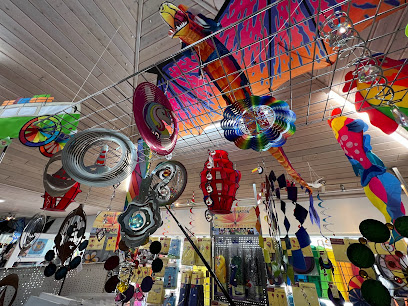
Rømø Bolsjeri og Ishus
33.4 km
Watch traditional Danish candies being crafted by hand and enjoy creamy ice cream at Rømø Bolsjeri og Ishus in Lakolk, steps from the island's wildly popular beach.
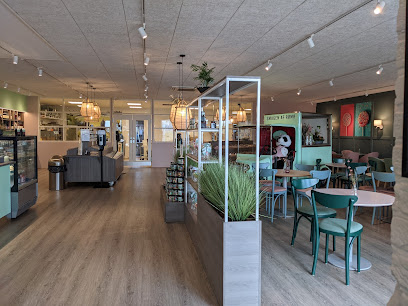
Butik Rømø
33.4 km
Charming toy, airsoft, and kite shop in Rømø’s Lakolk Butikscenter, popular for hands-on displays, family fun, and gear inspired by the island’s beaches and breezes.
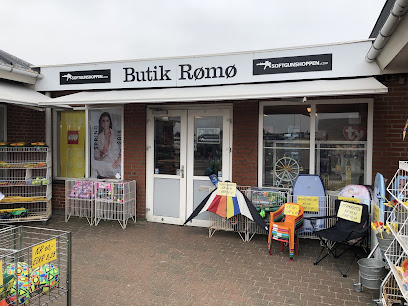
Lakolk Butikscenter
33.4 km
Experience lively coastal shopping, local flavors, and community events at Lakolk Butikscenter, the vibrant heart of Rømø by the Wadden Sea National Park.
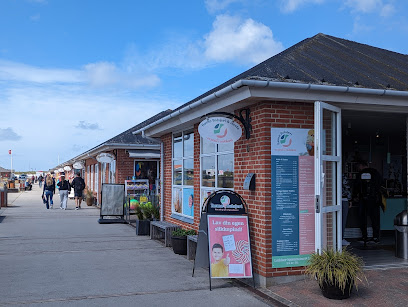
Ib's Gavecenter v/Mona Pedersen Ib
33.5 km
Discover a delightful array of Danish souvenirs, coastal crafts, and heartfelt gifts at Ib’s Gavecenter, set in the bustling Lakolk Butikscenter on scenic Rømø.
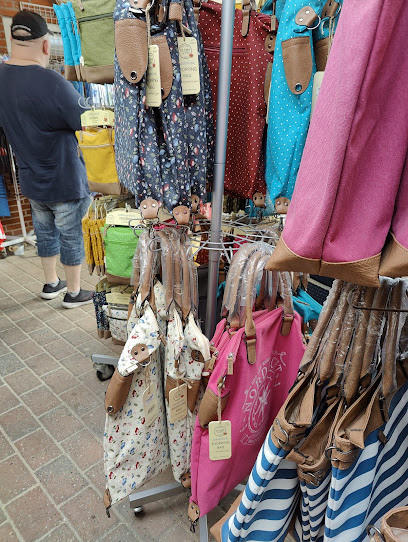
Scandinavian Park
34.6 km
Explore Scandinavian Park, a unique hypermarket near the German-Danish border offering diverse Scandinavian products and local delicacies.
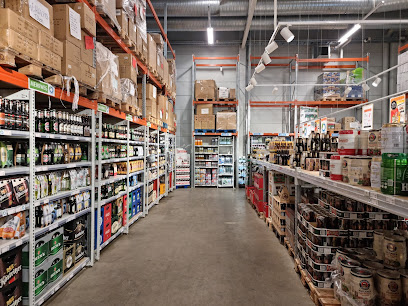
Krusmølle
40.4 km
Charming Danish countryside estate offering a legendary farm shop, artisan foods, brasserie dining, and festive markets near Aabenraa in Southern Jutland.
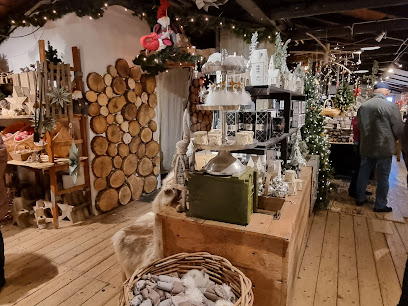
Förde Park
40.9 km
Discover the vibrant shopping experience at Förde Park, Flensburg's top destination for fashion, food, and family fun.
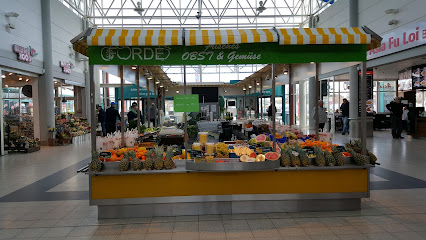
Essential bars & hidden hideouts
Gerrit's
18.8 km
Discover Gerrit's in Achtrup: a cozy bar where locals and tourists come together over refreshing drinks and warm hospitality.

VersenkBar
20.6 km
Experience the charm of Stedesand at VersenkBar, where great drinks and friendly atmosphere meet for an unforgettable evening.
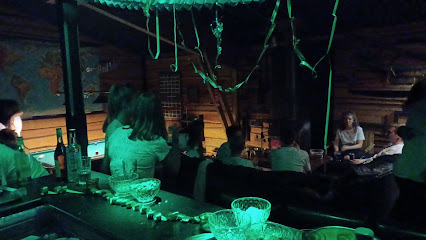
Clubhaus MF Native Trail
23.3 km
Experience the charm of Clubhaus MF Native Trail, a delightful bar in Enge-Sande offering local drinks and a warm, inviting atmosphere.
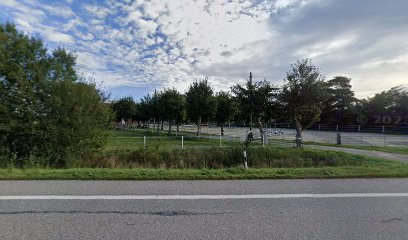
Enjoy Resorts Rømø
26.3 km
Modern spa and golf resort blending Scandinavian design, wellness experiences, and family-friendly leisure at the heart of Rømø’s nature-rich island landscape.
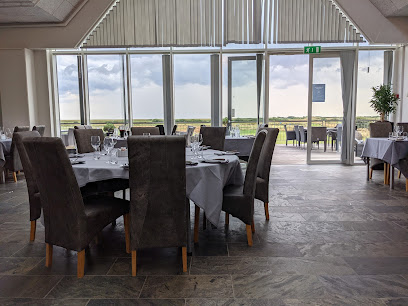
Marskdestilleriet
30.9 km
Experience handcrafted Danish spirits at Marskdestilleriet in Rømø, where tradition meets innovation in distillation.
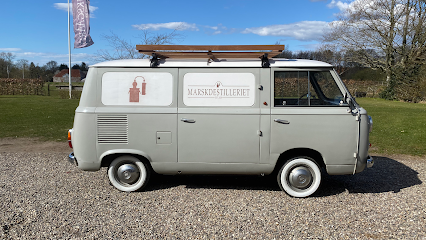
Cafeteria Lakolk
33.5 km
Cafeteria Lakolk offers hearty Danish classics and seaside hospitality at the gateway to Rømø’s windswept Lakolk Beach, blending nostalgia with local flavor.
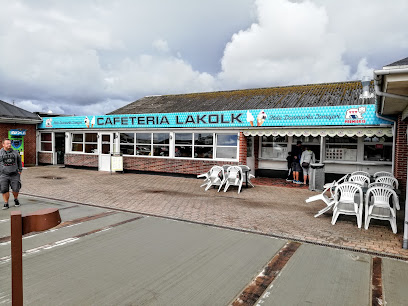
Fox and Hounds
37.2 km
Fox and Hounds in Aabenraa blends classic British pub ambiance with Danish hospitality, featuring hearty food, craft beers, live music, and a friendly local vibe.
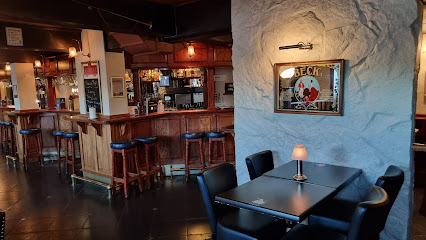
Klubben 1811
44.1 km
Experience true Danish hospitality and community spirit at Klubben 1811, Ribe’s lively and historic local bar in the heart of Denmark’s oldest town.
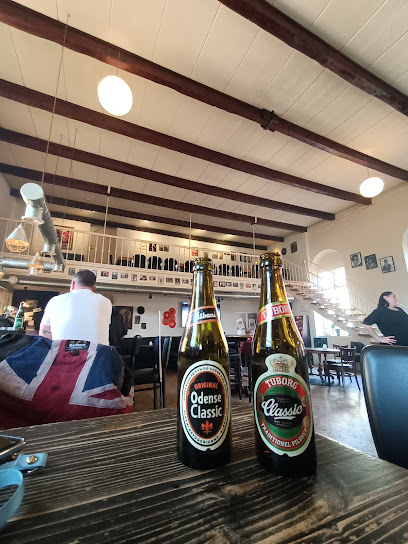
Strygejernet
44.1 km
Experience the authentic pulse of Ribe at Strygejernet, a cherished local bar in Denmark’s oldest town, offering lively nights, live music, and friendly faces.
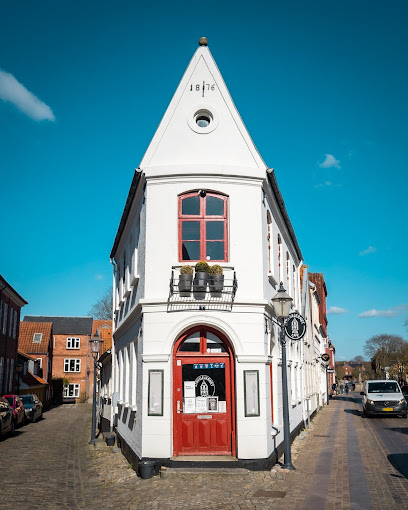
Stenbohus
44.2 km
Experience the historic charm and vibrant atmosphere of Stenbohus, Ribe's beloved tavern offering live music and local brews.
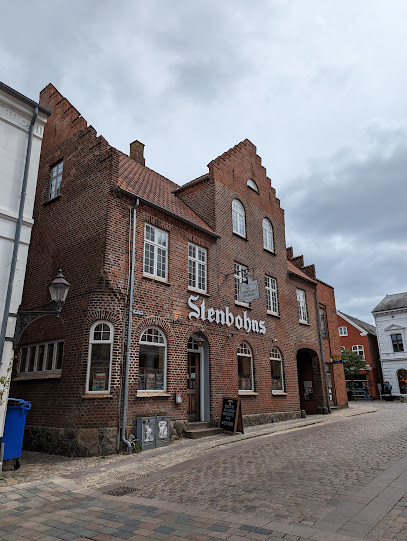
Pinte Tarp
45.5 km
Discover Pinte Tarp, a cozy bar in Tarp, offering an extensive drink selection and a welcoming atmosphere perfect for relaxation and socializing.
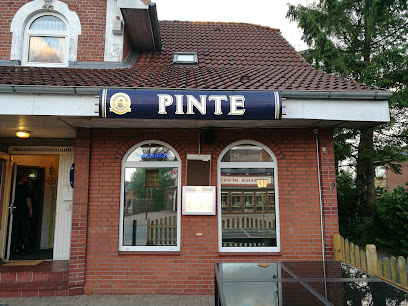
Sportsbar im Sportheim Arlewatt
46.2 km
Join fellow sports enthusiasts at Sportsbar im Sportheim Arlewatt, where thrilling live games meet delicious snacks and a friendly atmosphere.
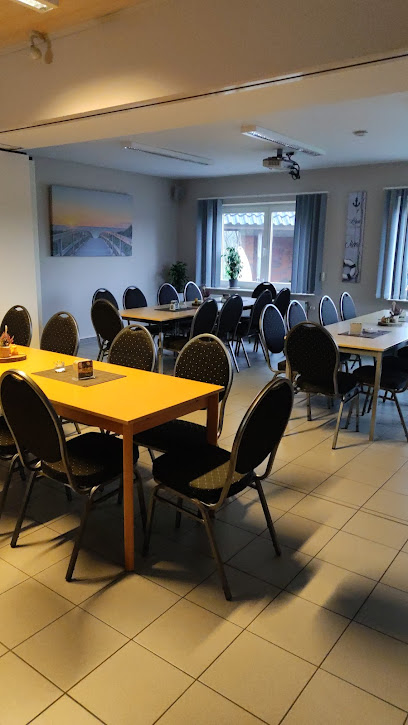
Den Gamle Kro
46.3 km
Historic 18th-century inn in Gråsten, serving traditional Danish cuisine with royal palace views and timeless Southern Jutland hospitality.
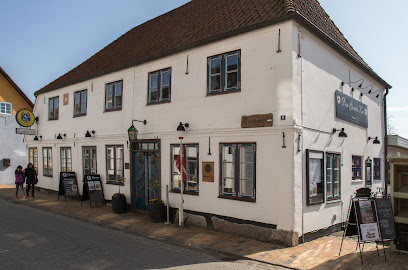
Blockhütte
51.9 km
Experience local charm and vibrant atmosphere at Blockhütte, a cozy pub in Husum offering delightful drinks and hearty fare.
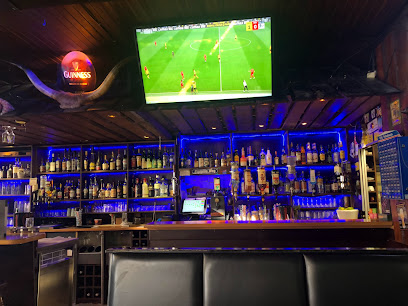
Friesenhütte
52.0 km
Discover the vibrant nightlife at Friesenhütte, a cozy bar in Husum, perfect for unwinding after a day of exploration with friends and local brews.
